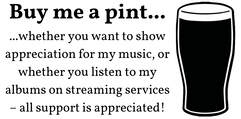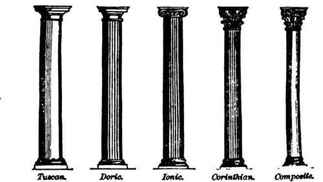 A not-so-recent read of a magnificently illustrated vade mecum on the topic of architecture inspires this entry. Matthew Rice’s primer on the subject was a monumental eye-opener for me to the wealth of technical jargon afforded buildings around the world and I feel I should share a brief digest and perhaps a little of the content. The first chapter is titled “Grammar” and as this suggests Mr Rice takes us through the basic elements and unspoken rules beginning with the five Roman orders of Tuscan, Doric, Ionic, Corinthian and Composite, each of which consist of a particular column (complete with specific capital and foot) and entablature (comprising of a cornice, frieze and architrave). He then goes on to complicate things further by adding three rogue Greek variations on the Doric, Ionian and Corinthian and progressing to the naming of parts; rolling off the labels of smaller constituents such as the apophyge, torus, fillet and scotia. Details of proportion and intercolumniation are identified ranging from pycnostyle to areostyle and terse words are given on pilasters, voussoirs, tympana, volutes and vitruvian scrolls. Here, one may imagine a horrifically dull publication amounting only to a lexicon of useless descriptors, but I haven’t yet reached the best part; the illustrations. They are so much more than mere visual aids - Matthew Rice is a true artist. This archiophile’s bible must contain thousands of original paintings all presented in a beautifully chronological order. Which brings us to chapter two.
This 152-page instalment entitled “Vocabulary” chaperones us through the Medieval, Late Medieval, Tudor, Elizabethan, Jacobean, Georgian, Regency, Victorian, Edwardian and Modern trends in architecture with more of the same intricately labelled prints cataloguing the tendencies and variations of every architectural facet under the sun. Following sections include examples, source of materials through the ages, lists of famous architects and the ruling monarchs of each era. As much as I would love to spill the entire contents of this superb miscellany all over the surface public domain, I fear I shan’t do it any justice and you should just go out to your nearest bookshop and buy a copy. Edit: Having just read the “Thanks” page at the very back of the book (something one never normally does due to the fact the very aura of the page is overly-intimate in nature and has no meaning to anyone except the author or those contributors concerned), I am pleased to reveal that Matthew is married to Emma Bridgewater (y’know! The spotty designer for John Lewis!?) Just thought you should know... Nobody else will. Thanks to: my parents, all past english teachers, the Apple corporation, Matthew Rice and the Bloomsbury Publishing group without whom this web-log would never have been written.
3 Comments
It may have occurred to you by now that I have developed an acute interest in the language we use, which is to say I have become (as put so deprecatingly by Alan Bennett) one of those who “claim to have a love of lit-rich-cha, or speak of the lure of language, and their love of wuurds.” I thought that in today’s post I would present a critique of three of the most inspiring books that deal with various offshoots of the english language. I will tell you before I begin that all of these volumes are “★★★★★” and so these reviews are more of an order issued rather than an issue ordered - that is to say they are my most recommended of reads. Go away and do it (imperative!) - it’ll be worth your while/weight in gold (well... if taken literally that one’s a little more subjective as it depends how much gold you acquire the books/ebooks for set against your current body mass index or something like that...) 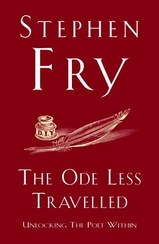 The Ode Less Travelled - Stephen Fry No-one teaches poetry better than Mr Fry in this most accomplished, amusing and unabridged guide to the lost arts of rhyme, metre and form. I can guarantee you that anything you learnt at school concerning verse is a mere slither of knowledge compared to this fantastic wealth of information. It is as though when taking their PGCEs, all 21st English teachers were sworn to silence - forbidden to mention any other metre than the overused and well-advertised iambic pentameter (thanks Bill). How were we to know of trochees, spondees or pyrrhic feet? Well, Stephen has leapt to the rescue and sculpted this unrivalled companion with which to journey into the treacherous waters of Milton or Auden. 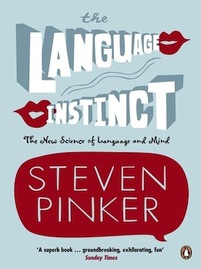 The Language Instinct - Steven Pinker A biologist, cognitive scientist, and linguist, our author is one of the most innovative writers in the arena of language. His theories on how we first learn to communicate and the way the brain processes our conversation are enthralling. Even if, in 50 years time when humankind has discovered much more about the way in which our brains function, some of Dr Pinker’s arguments are refuted or his ideas belittled, this will stand as a pioneering linguistic enchiridion. Utterly engaging and concise it presents some of the most original concepts in its field. 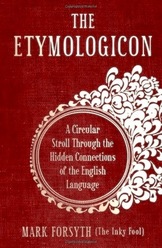 The Etymologicon - Mark Forsyth The author, fellow blogger and “inky fool”, has always had an obsession with etymology and this book offers a major ramble (in the best sense of the term) detailing the most interesting and astonishing origins of hundreds of words. His style and fluidity in the subject makes this a thrilling read that you just can’t absorb fast enough - you’ll want to endlessly revise each ‘chapter’ so as to remember the genesis of each and every term mentioned. Truly addictive and massively enriching. |
BlogThis is where I post tunes I've transcribed and bits & pieces I find interesting. A few old articles have been transferred from my old blog, The Daily Orator.
CategoriesArchives
May 2020
|
Products |
Services |

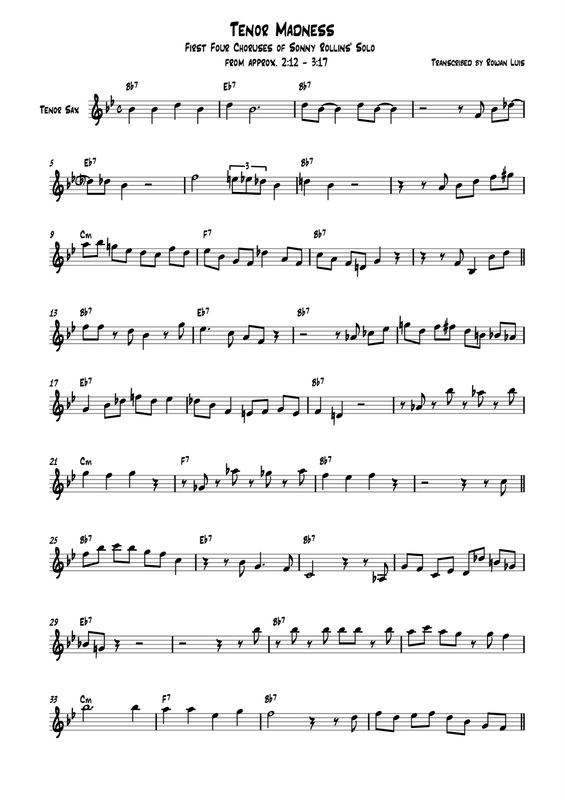
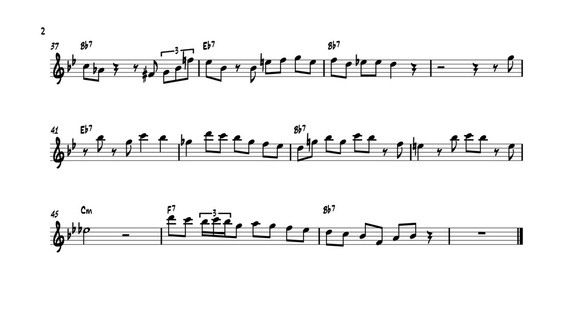
 RSS Feed
RSS Feed
